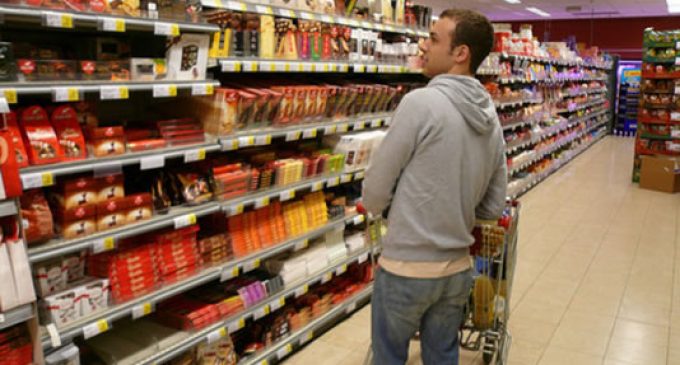Which country has the largest confectionery aisles?

Researchers have determined the average size of confectionery and chocolate aisles in supermarkets across eight developed countries with the UK devoting more aisle space for them than other nation.
The British dedicate 7% of supermarket shelf space to chocolate, compared to just 1% in the US.
The other countries analyzed were Australia, Canada, Denmark, Netherlands, New Zealand, Sweden, and the US
Results were published in the International Journal of Behavioral Nutrition and Physical Activity by Thornton et al.
‘Chocolate’ was categorized as chocolate bars, blocks, boxes or bags, while confectionery was classed as candy, excluding mints and gums.
Aisles in 147 leading supermarkets across the countries were measured with either a measuring wheel or measuring tape. If an item (e.g. confectionery) was displayed in multiple aisles, the total length across the multiple aisles was summed.
Chocolate shelf space
| Rank | Country | Average aisle space (in meters) |
| #1 | UK | 15.6 |
| #2 | Australia | 10 |
| #3 | Sweden |
9.23 |
| #4 | Denmark | 7.92 |
| #5 | Netherlands | 5.31 |
| #6 | Canada | 4.91 |
| #7 | US | 2.87 |
| #8 | New Zealand | 2.32 |
Candy shelf space
| Rank | Country | Average aisle space (in meters) |
| #1 | UK | 11.6 |
| #2 | Sweden | 9.33 |
| #3 | Denmark | 7.27 |
| #4 | Australia | 5.28 |
| #5 | New Zealand | 3.98 |
| #6 | Netherlands | 3.85 |
| #7 | Canada | 3.51 |
| #8 | US | 2.81 |
Obesity rate correlation?
The availability of chocolate and candy items appears to have little effect on a country’s rate of obesity.
The US and New Zealand for example both rank in the top countries with the highest obesity rate (obesity rates of 33% and 28% respectively), according to the CIA World Factbook, but have far smaller candy and chocolate aisles.
By comparison, the UK has a 26.9% obesity rate, but has the the largest candy and chocolate aisles.
The US National Confectioners Association often points to a statistic from the 2003-2006 National Health and Nutrition Examination Surveys which found candy accounts for 2% of the total caloric intake for adults (44 calories).
Source:
International Journal of Behavioral Nutrition and Physical Activity, 2013, 10:56
doi:10.1186/1479-5868-10-56
‘Does the availability of snack foods in supermarkets vary internationally?’
Authors: Thornton et al.

































